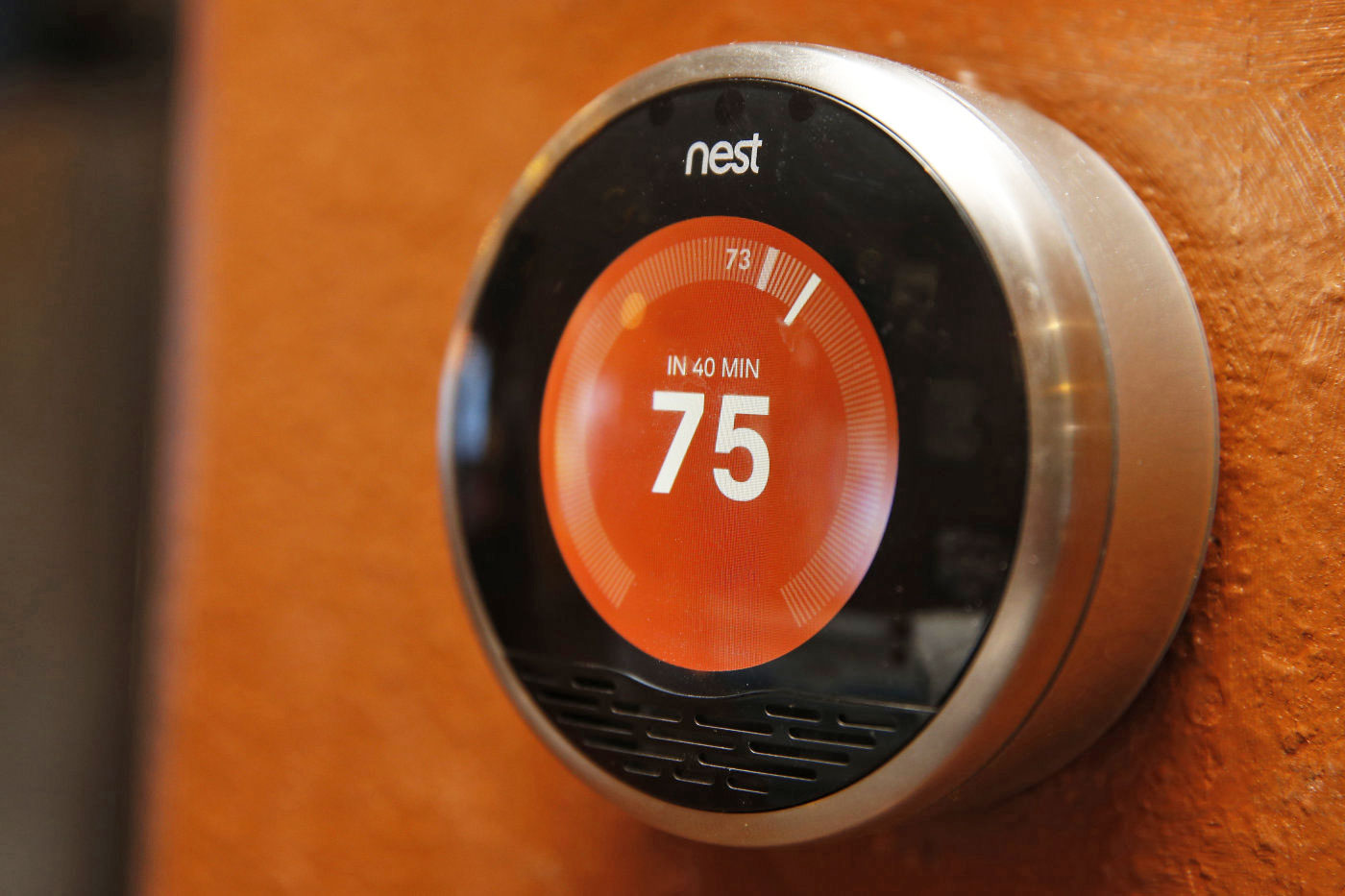Nest Labs Inc., owned by Alphabet, recently released OpenThread, a free open-source version of the software it uses to enable the Thread protocol for the Internet of Things. A number of companies are already lined up to use the technology in their devices, and now anyone can access the smart-home-oriented networking code for their connected gadgets.

The Nest thermostat. Image source: Reuters.
Since Thread is already an IPv6 protocol, any device that handles the 802.15.4 standard (which is used for low-rate personal networks) should only need a few simple tweaks in order to work properly. Chip makers such as Microchip’s Atmel group, Qualcomm, Dialog Semiconductor, and Texas Instruments are contributing to the development of OpenThread, which can also run on development kits from NXP Semiconductors and Silicon Labs.
The goal is that OpenThread will become the go-to connection format for Internet of Things devices that aren’t explicitly Thread-certified. A smart-home start-up could not only use ready-made networking code, but users can submit changes if they believe the technology is in need of improvements.
Whether or not other companies take this up is another matter, as it’s comfortable to stick with the most universal standards, rather than write proprietary code. Nest’s rivals, including the Allseen Alliance and the Open Connectivity Foundation (OCF), have already made available open-source reference code for their IoT application-layer protocols.
IoT application protocols, Nest Wave and ZigBee, can run over Thread networks. Google is also developing an Android-based smart-home application framework known as Brillo, which will ultimately be integrated with Thread and Weave.
OpenThread will be distributed on GitHub for free use based on a BSD license. It’s able to run on home routers with 64Kbyte RAM and 256Kbyte ROM, and end devices with less memory.
Source: Engadget
Advertisement
Learn more about Electronic Products Magazine





